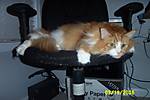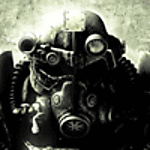I've returned to modelling after a VERY long time, and have gone whole hog, basically 'All the gear no idea!!'. I've started some test builds and purchased an Airfix kit featuring two Red Arows (limited panel lines,EASYish!) just to get the feel for my new compressor and dual action airbrush.
So i've assembled the kit and eliminated the panel lines and am going for a nice glossy red finish. I've used a car acrylic base coat and have purchased Tamiya acrylics. I'm just using the gloss red to practice.
I've sprayed on the red and it looks really pretty rough, I've read a few threads here but can I confirm the pressure and consistency of the mix? I read milky was the right consistency, is the mix ratio roughly 70/30? 70 paint to 30 thinners?
Should I have sprayed using Matt then used a varnish? Or Johnsons Klear rather than a Gloss Acrylic?
Compressor wise should it be around 25/35 PSI at about 10 inches? or lower at about 10-15 which is what i've sprayed at thus far? I don't have a booth just a dining room.
Any help greatly appreciated

Ps love the forum and the site, sooo helpful


















